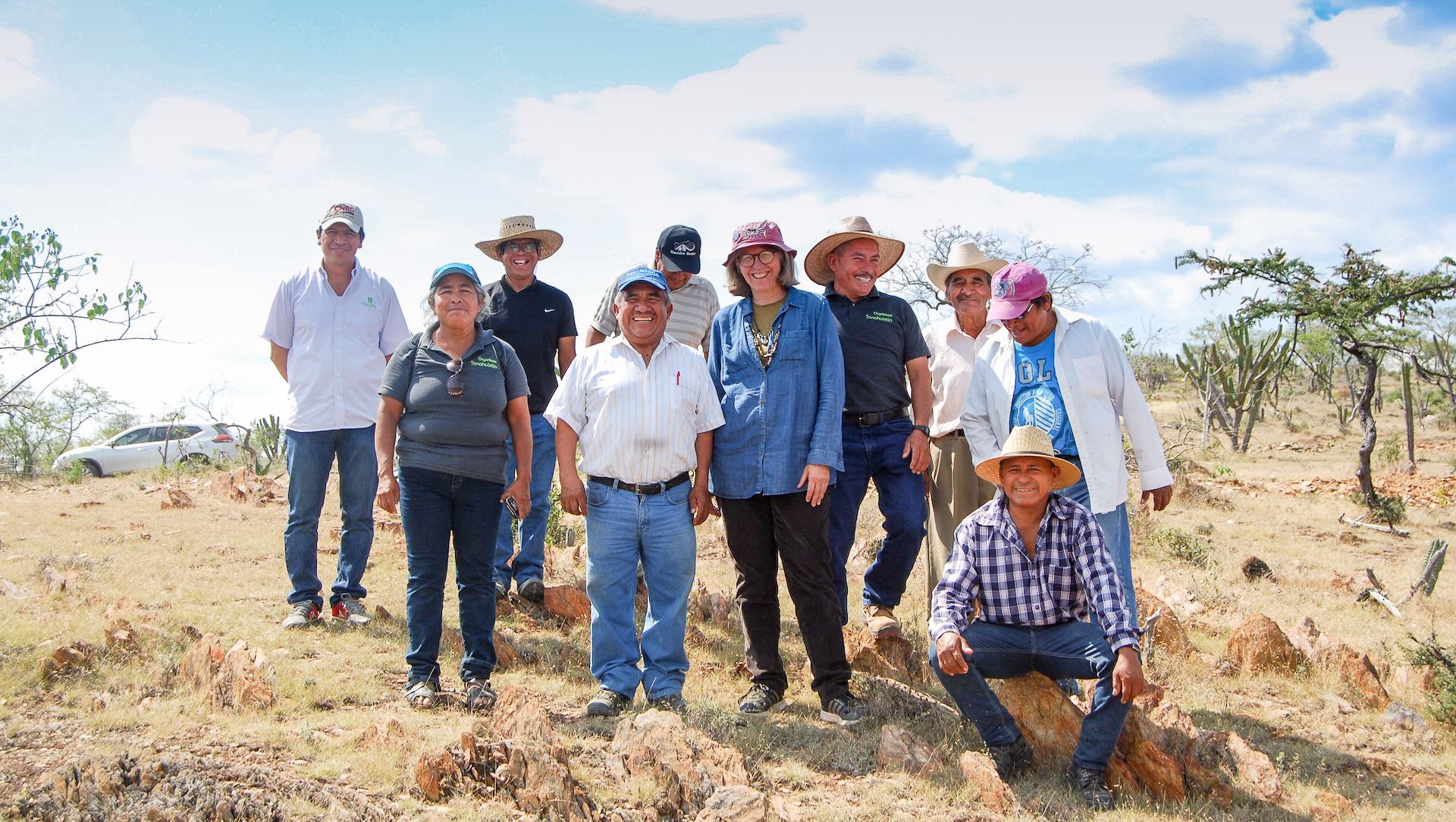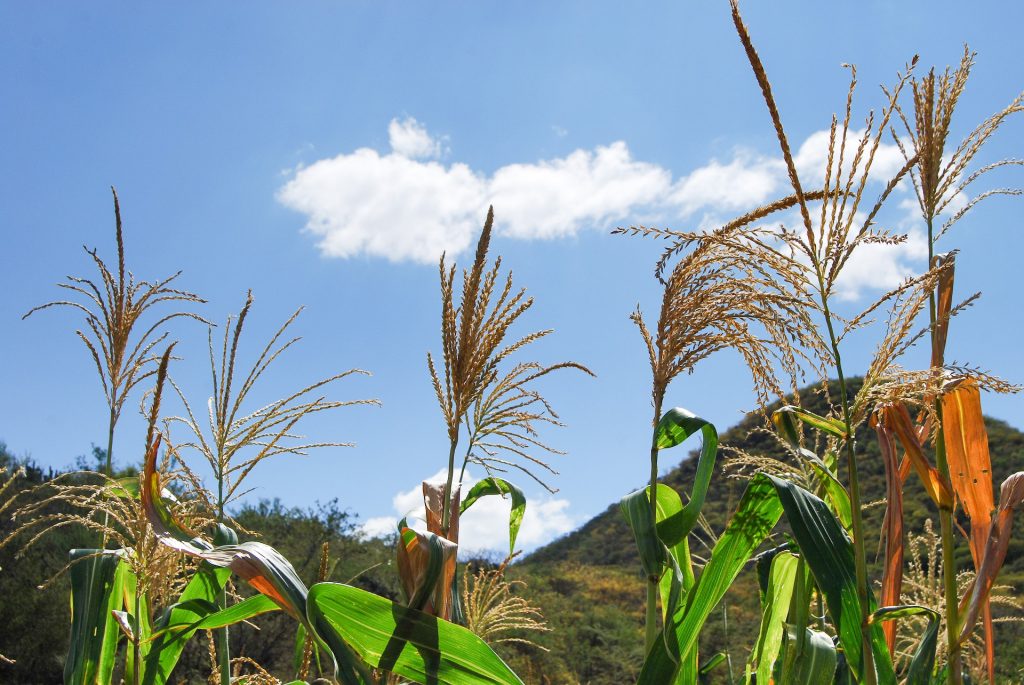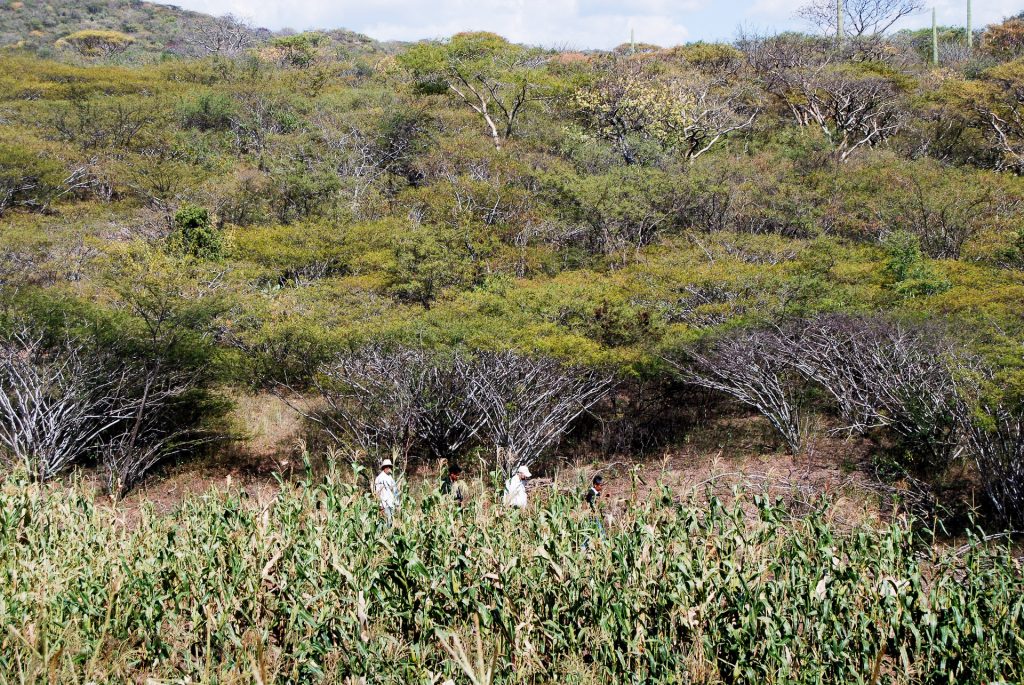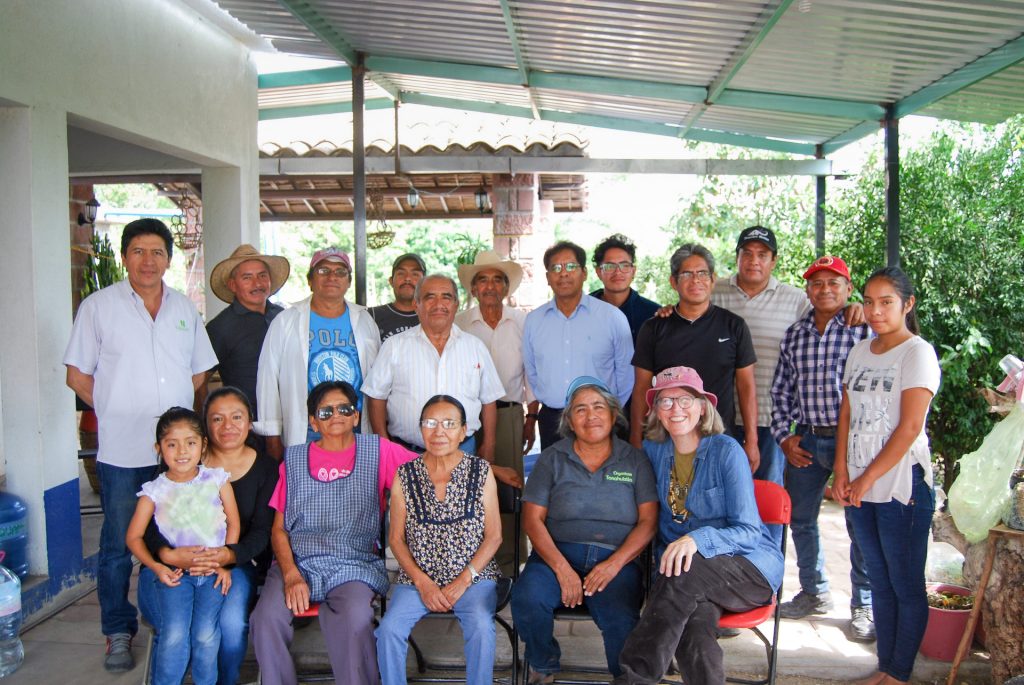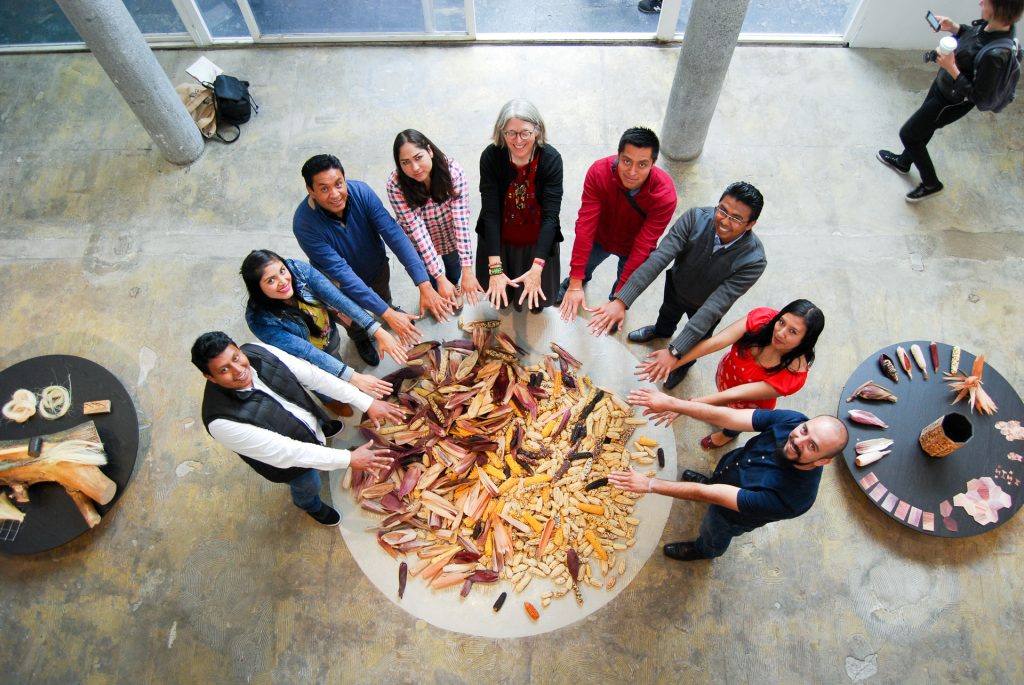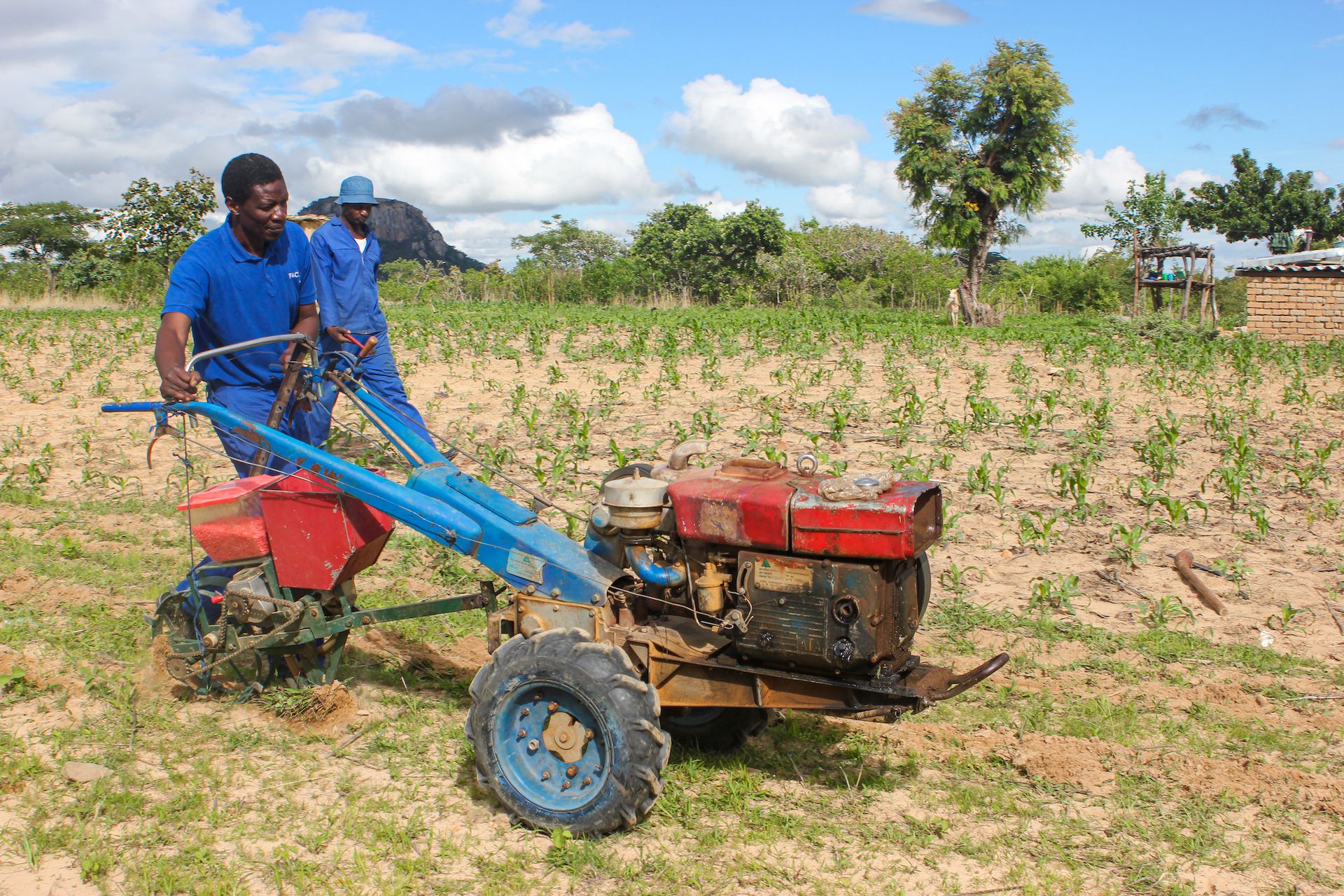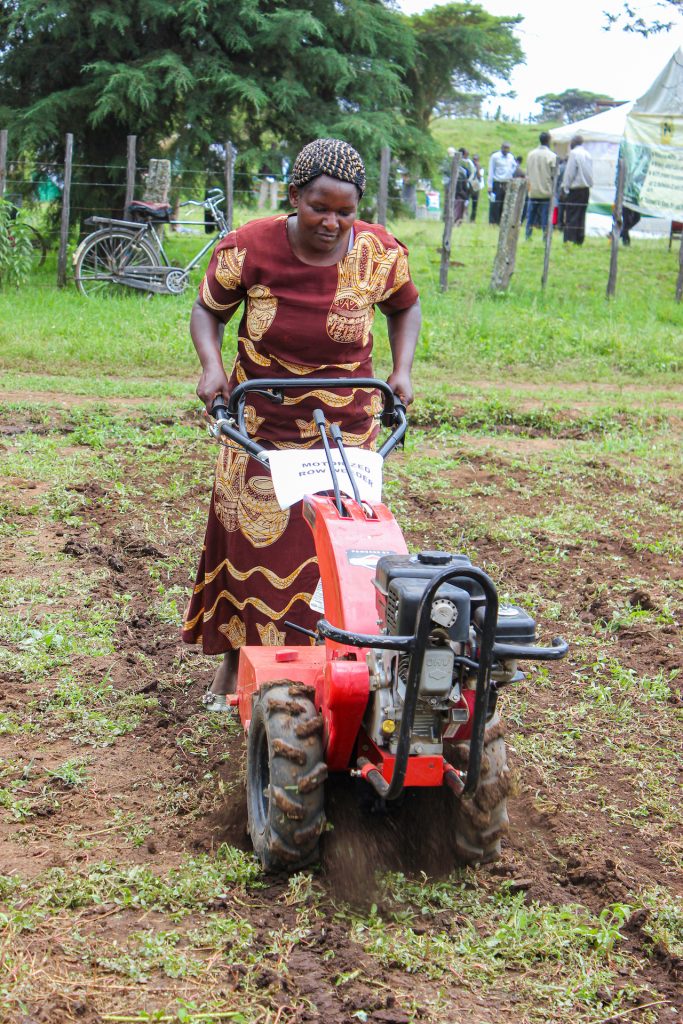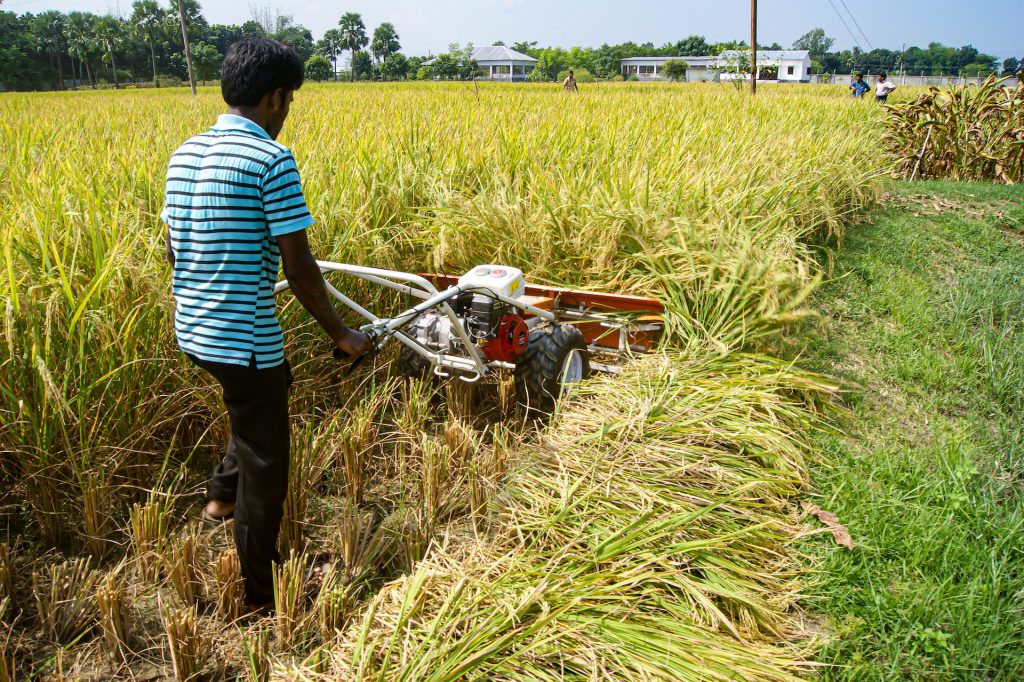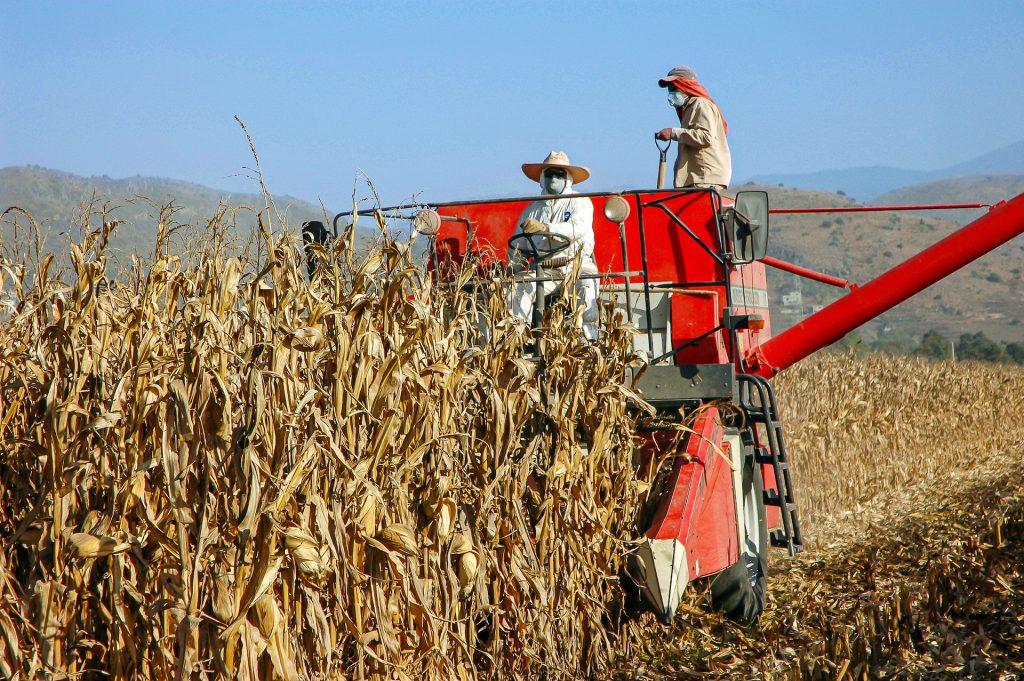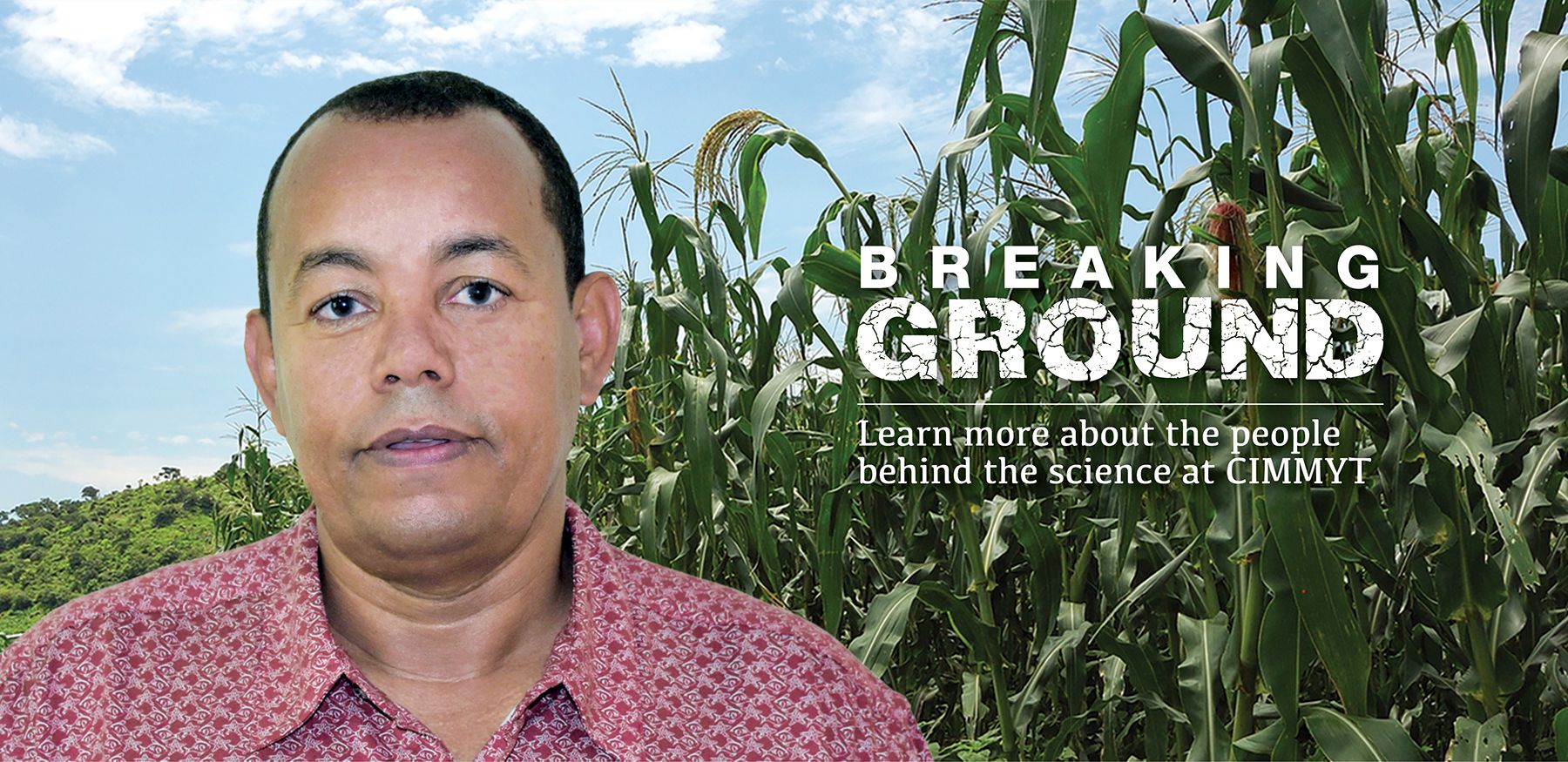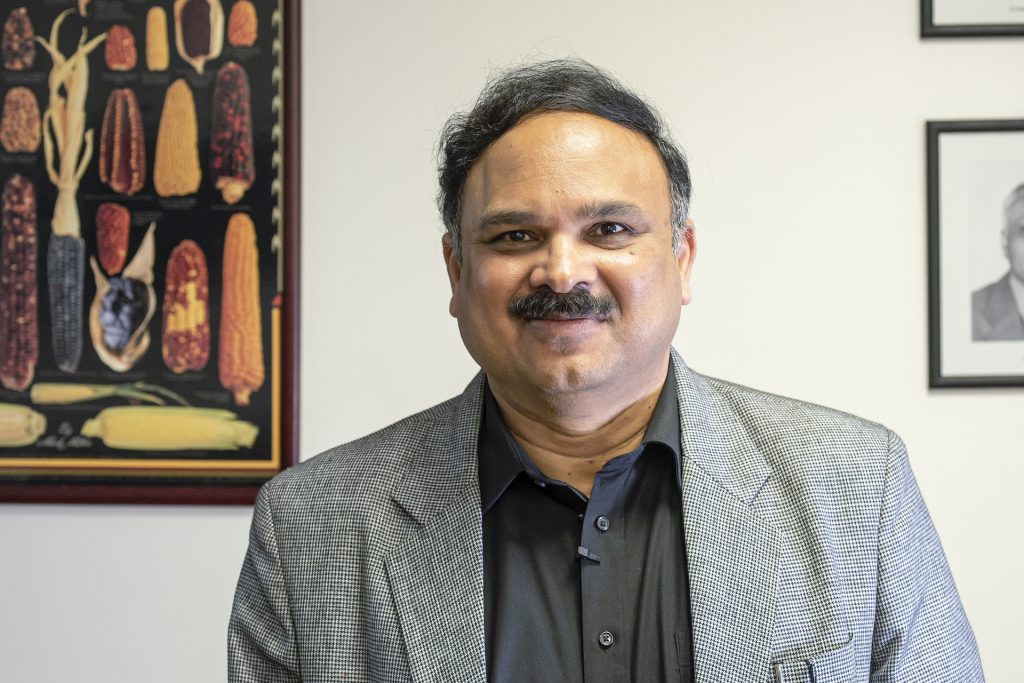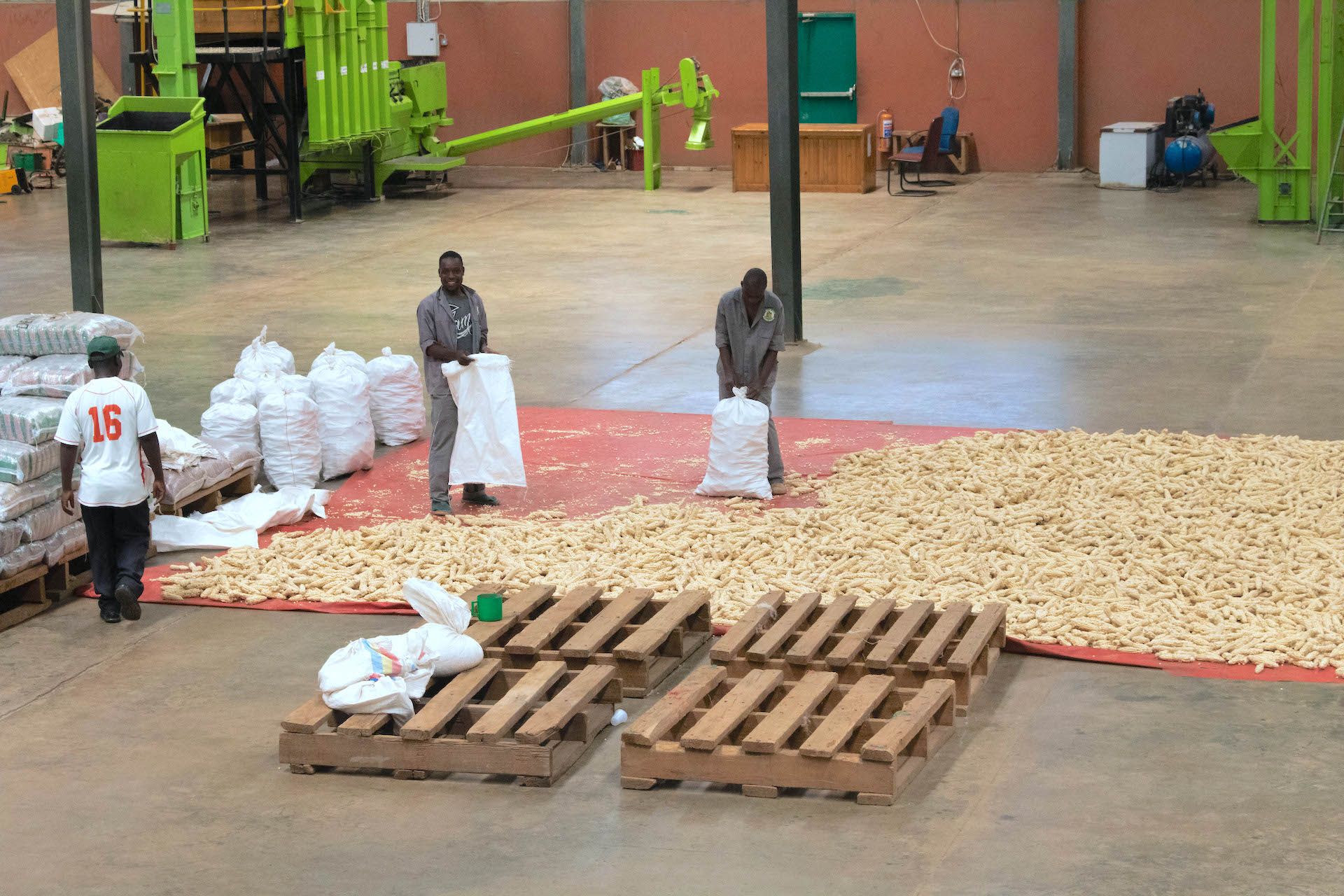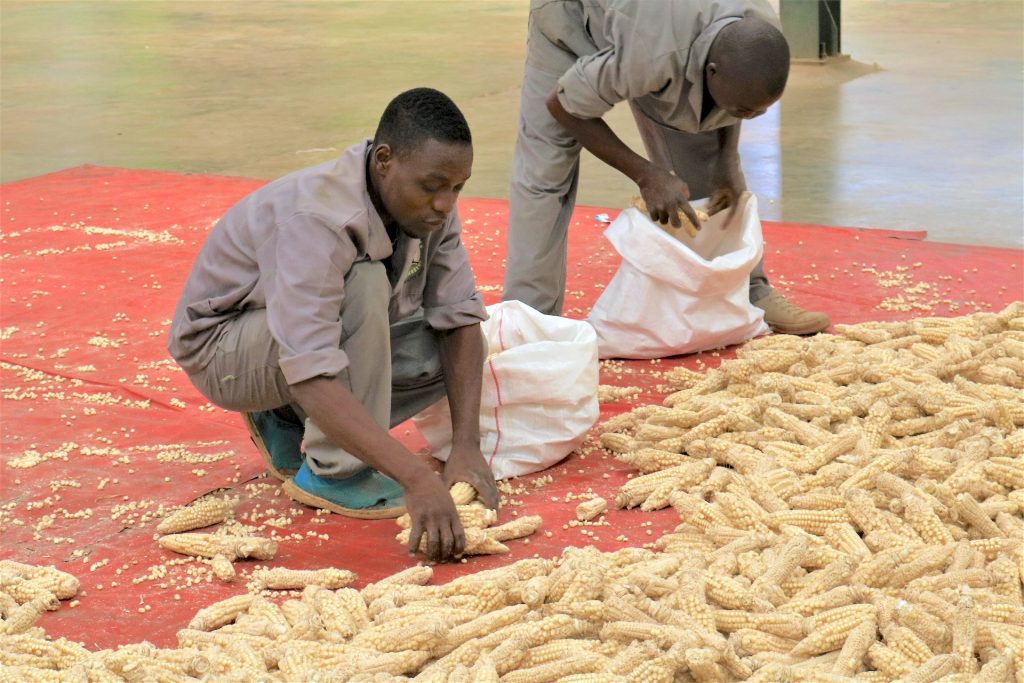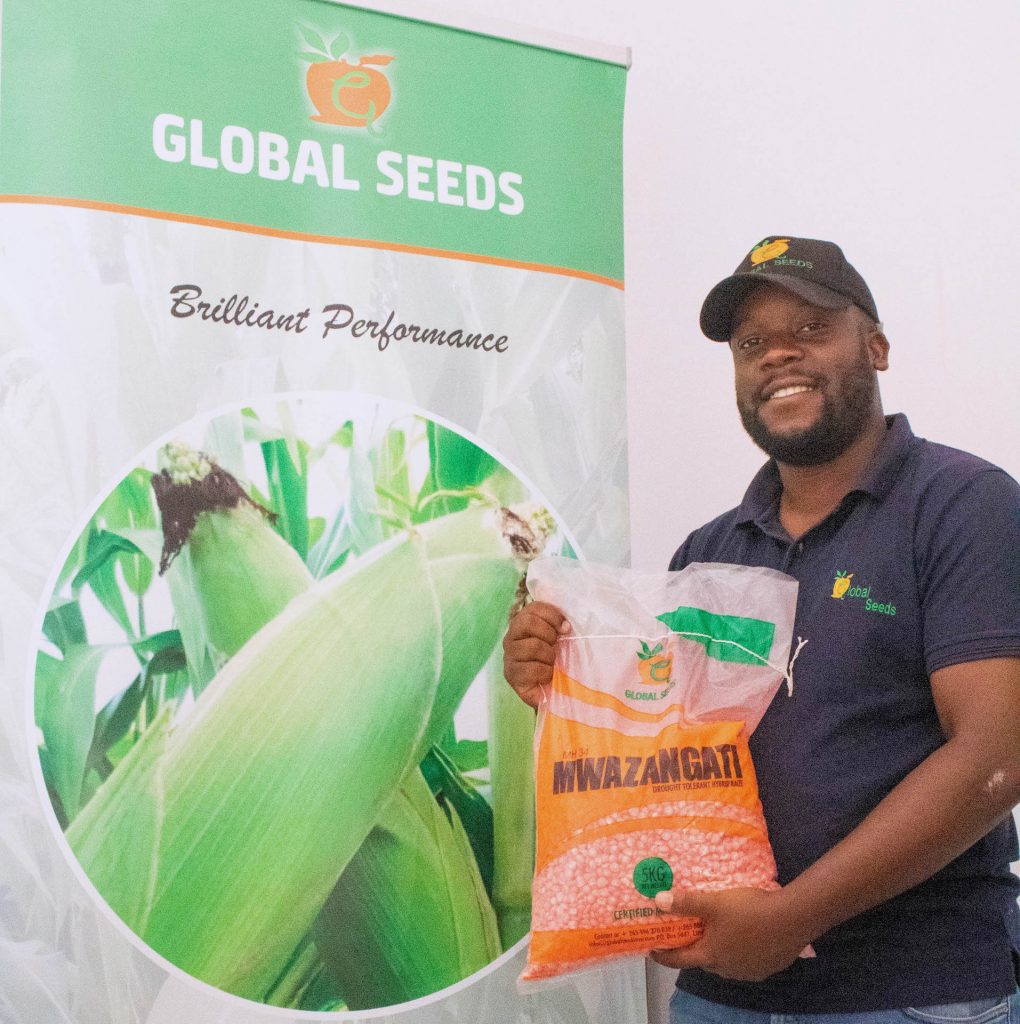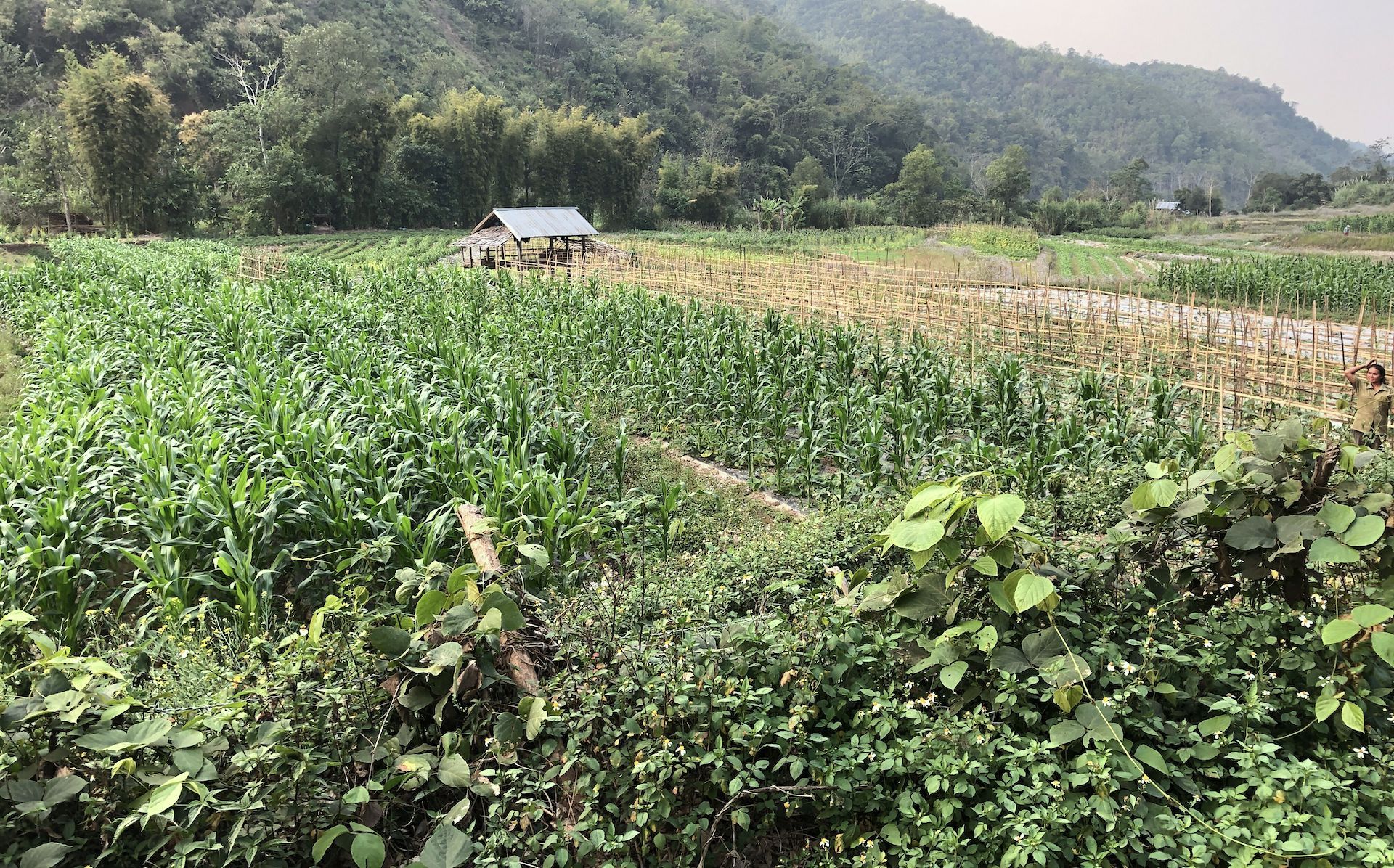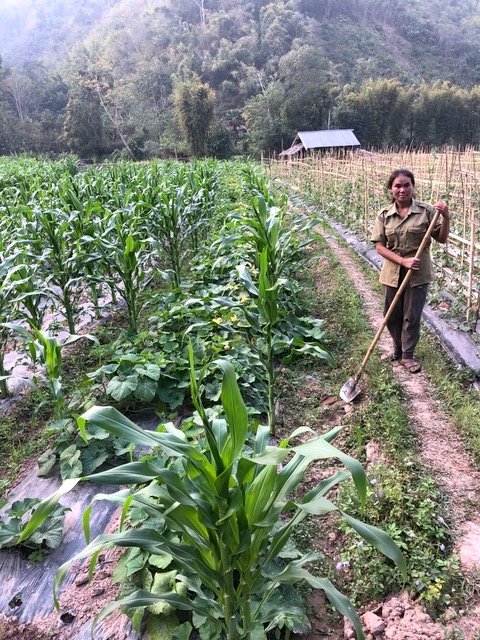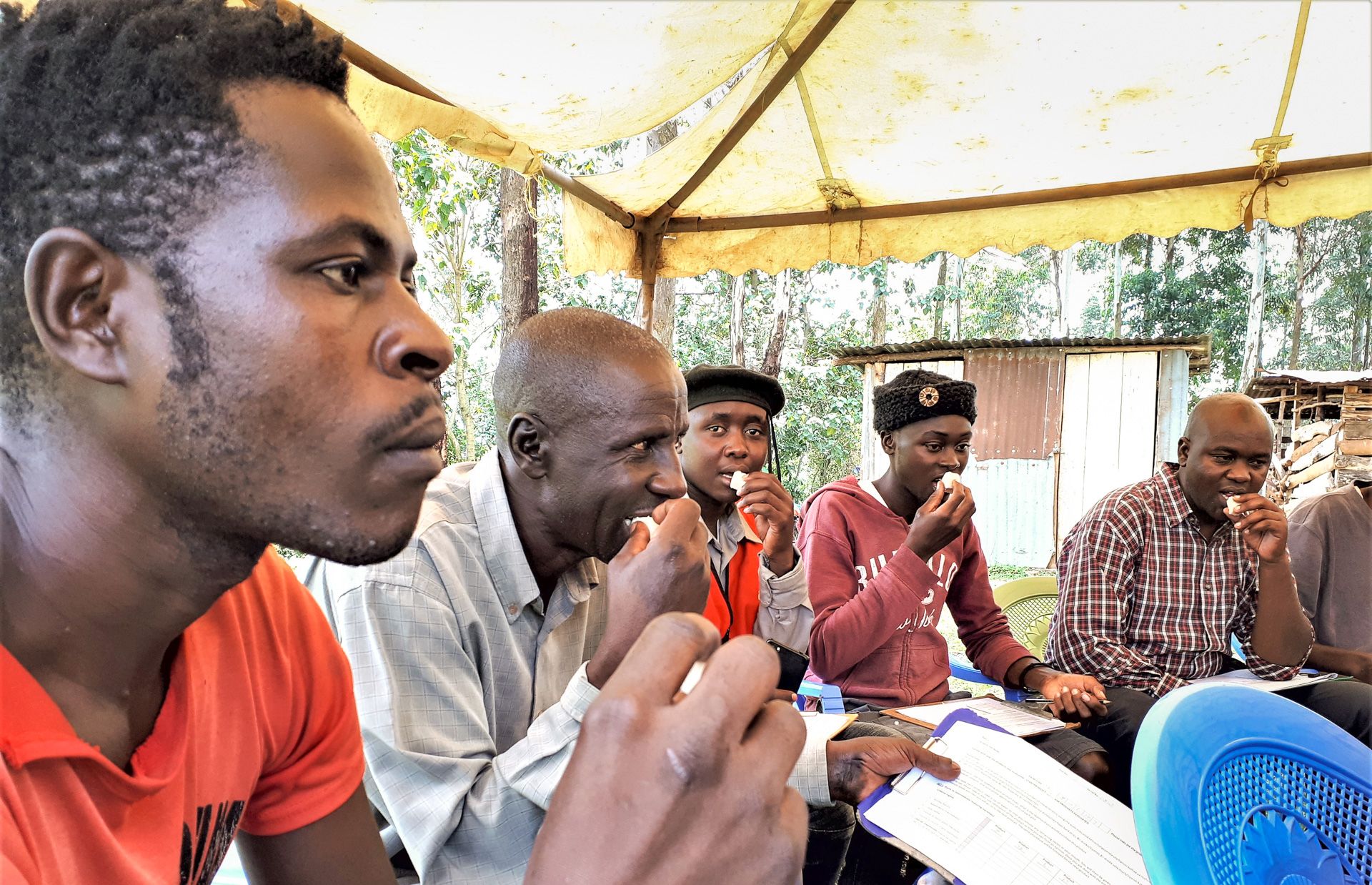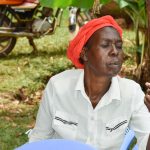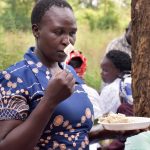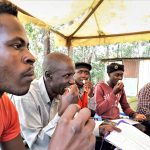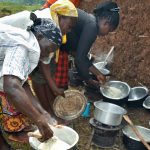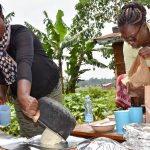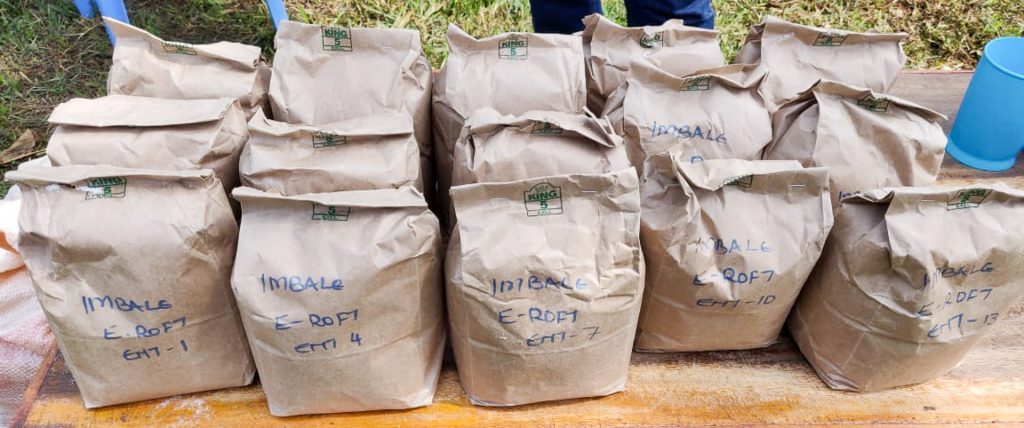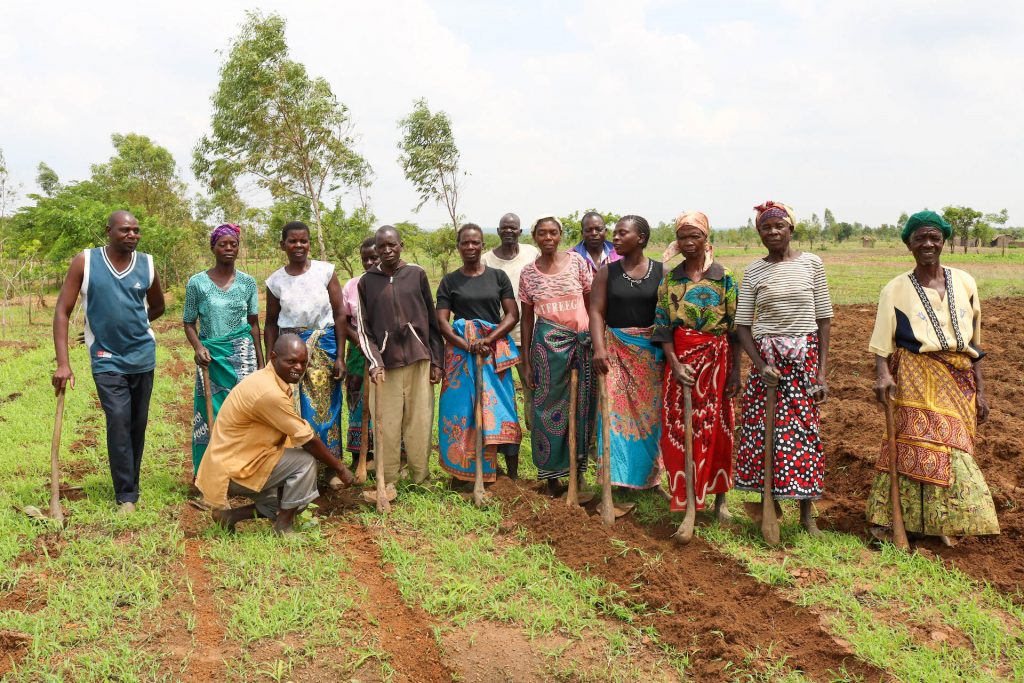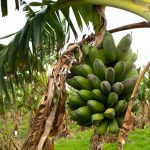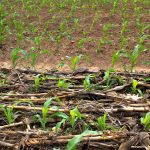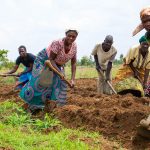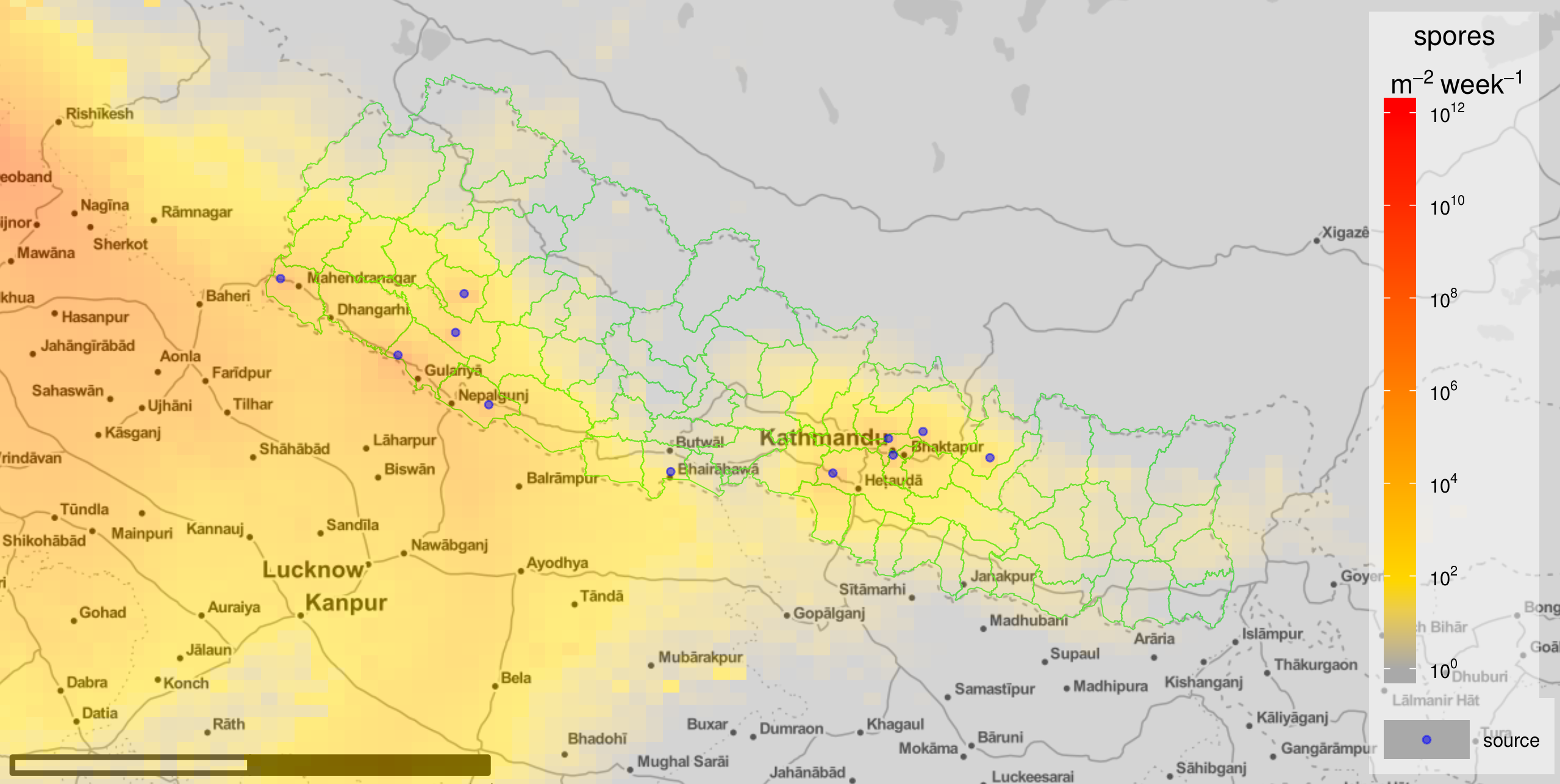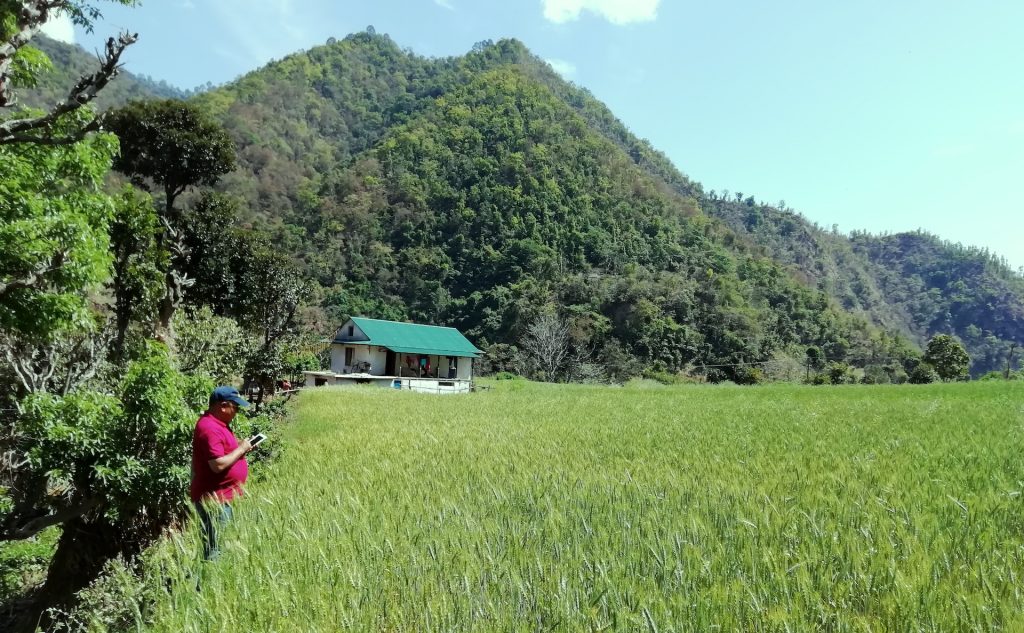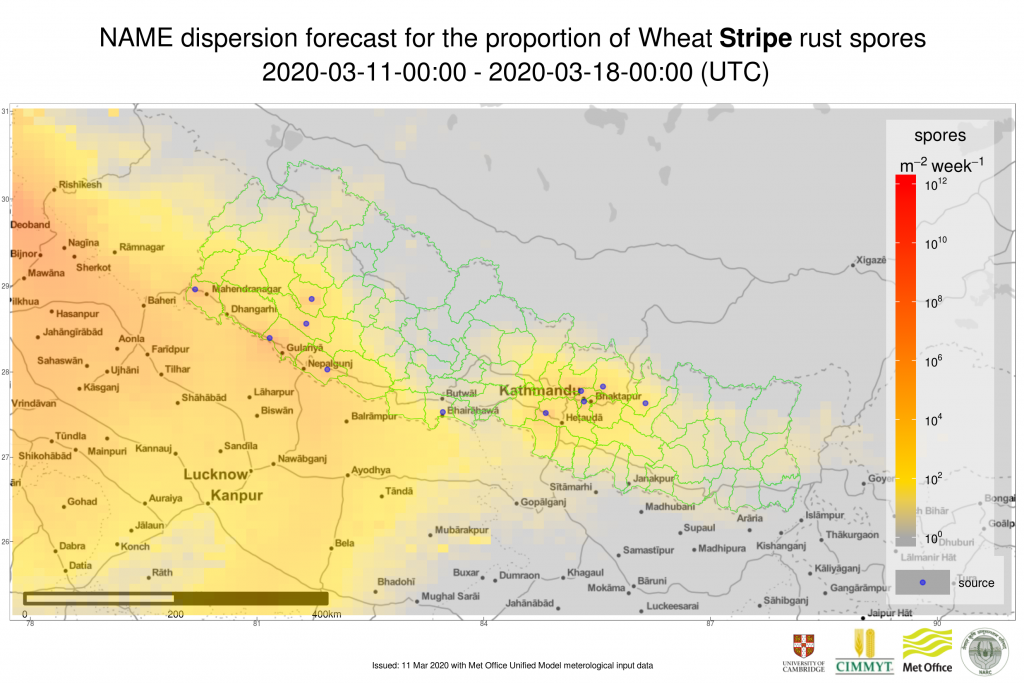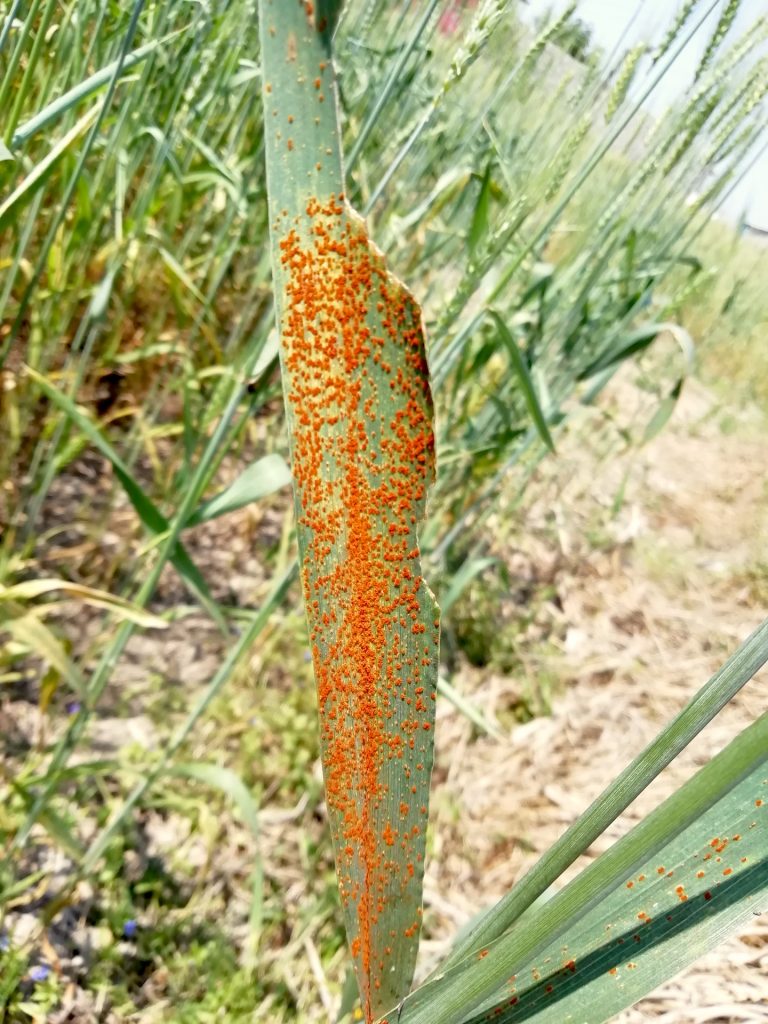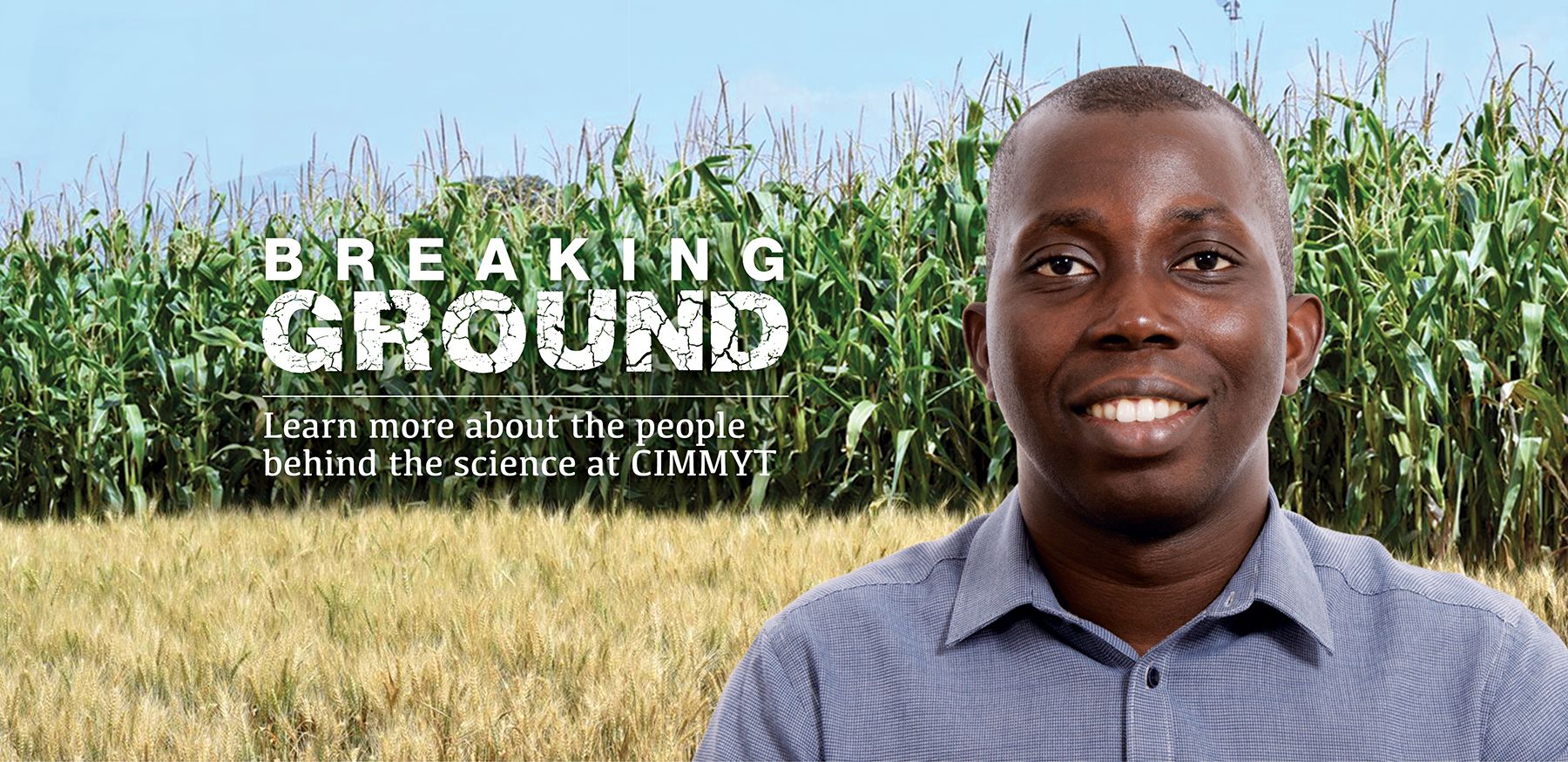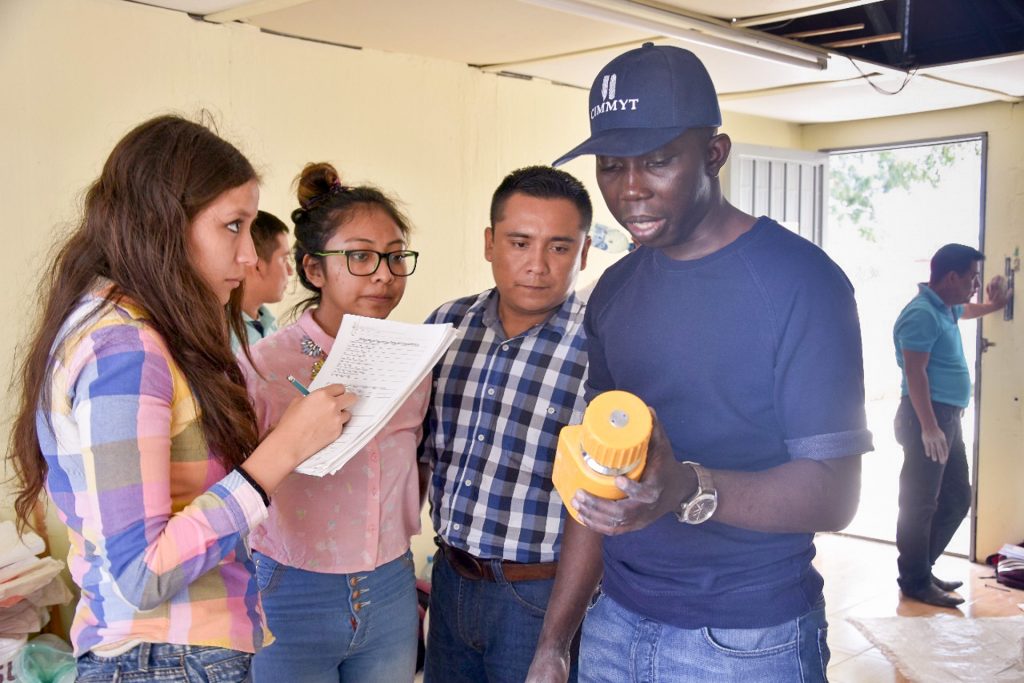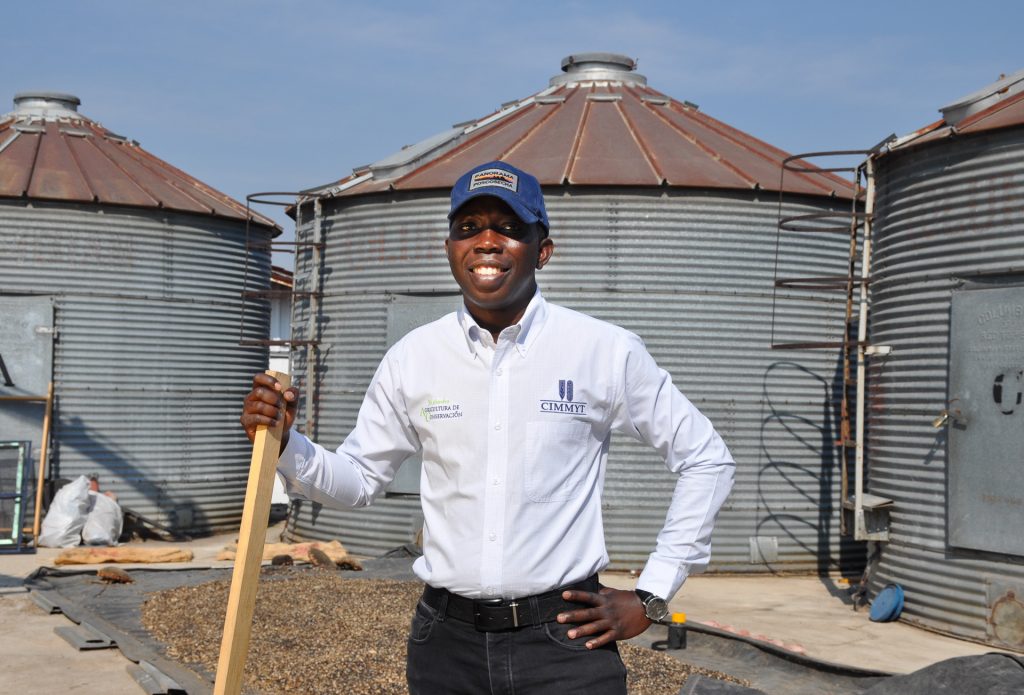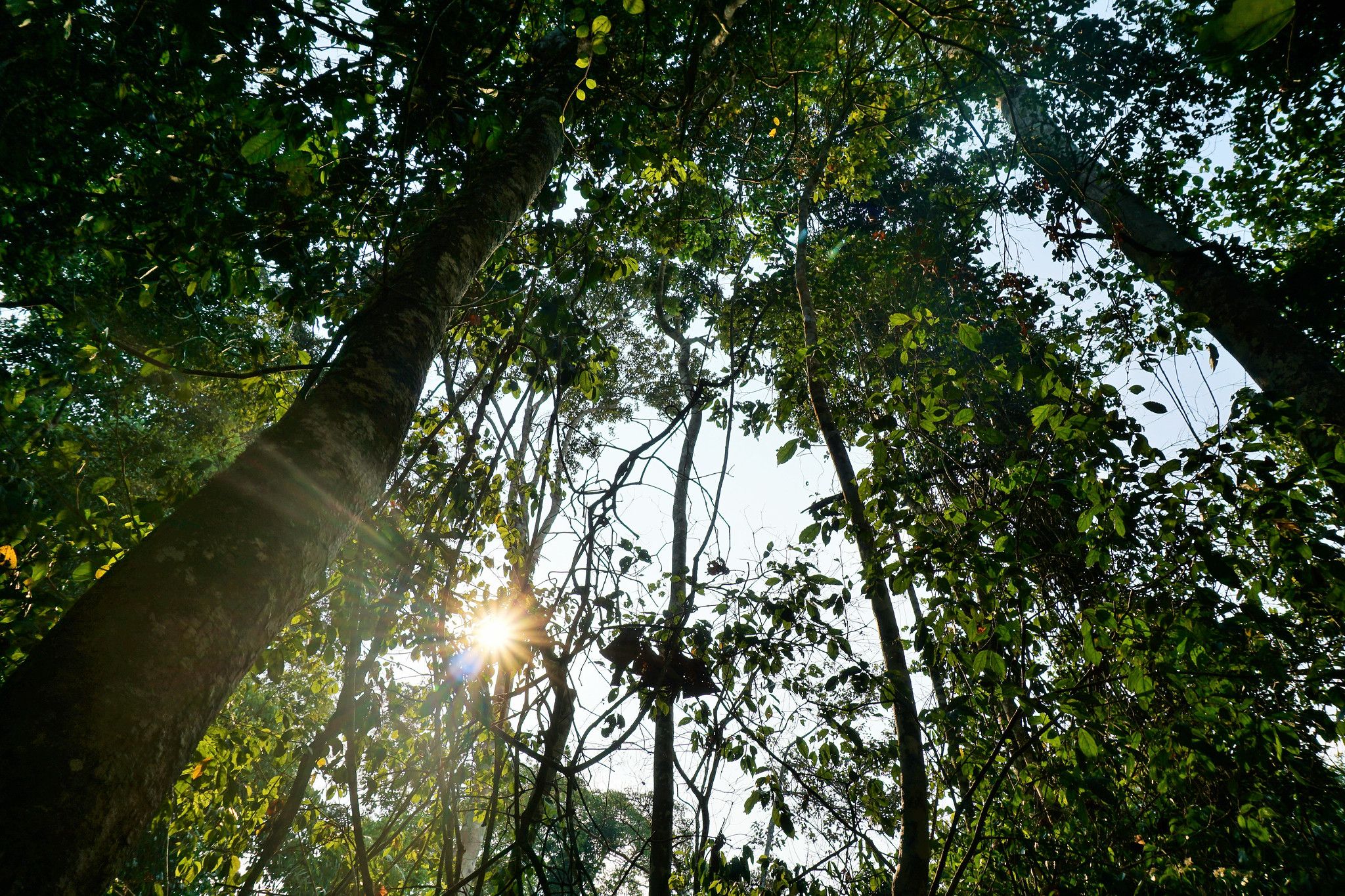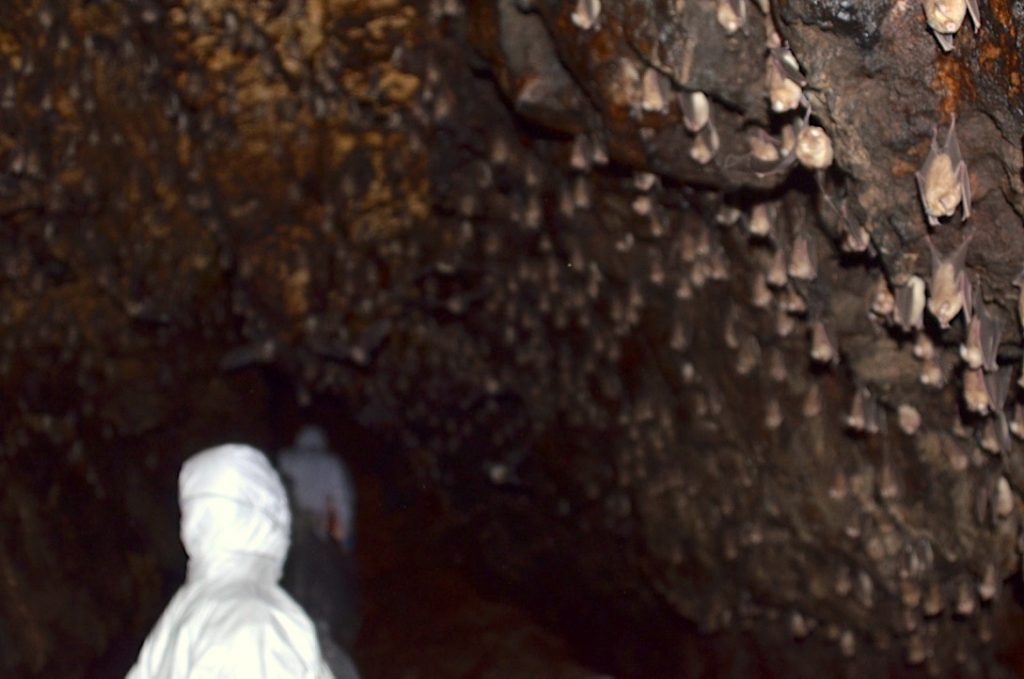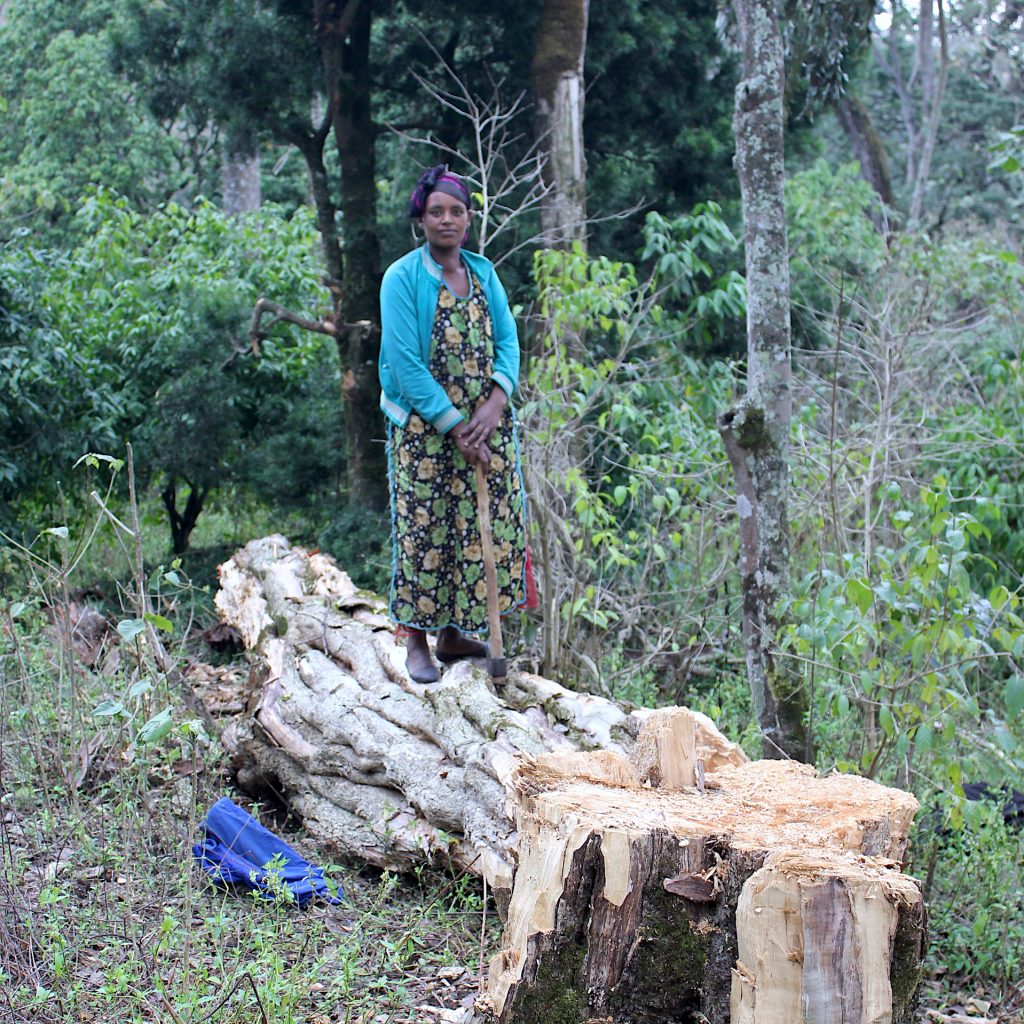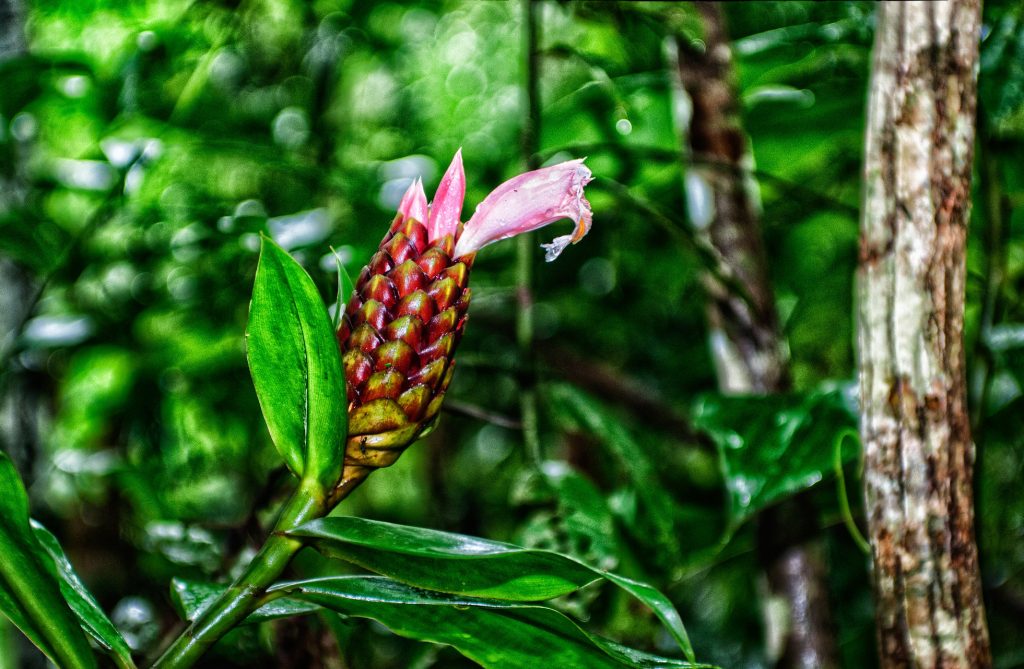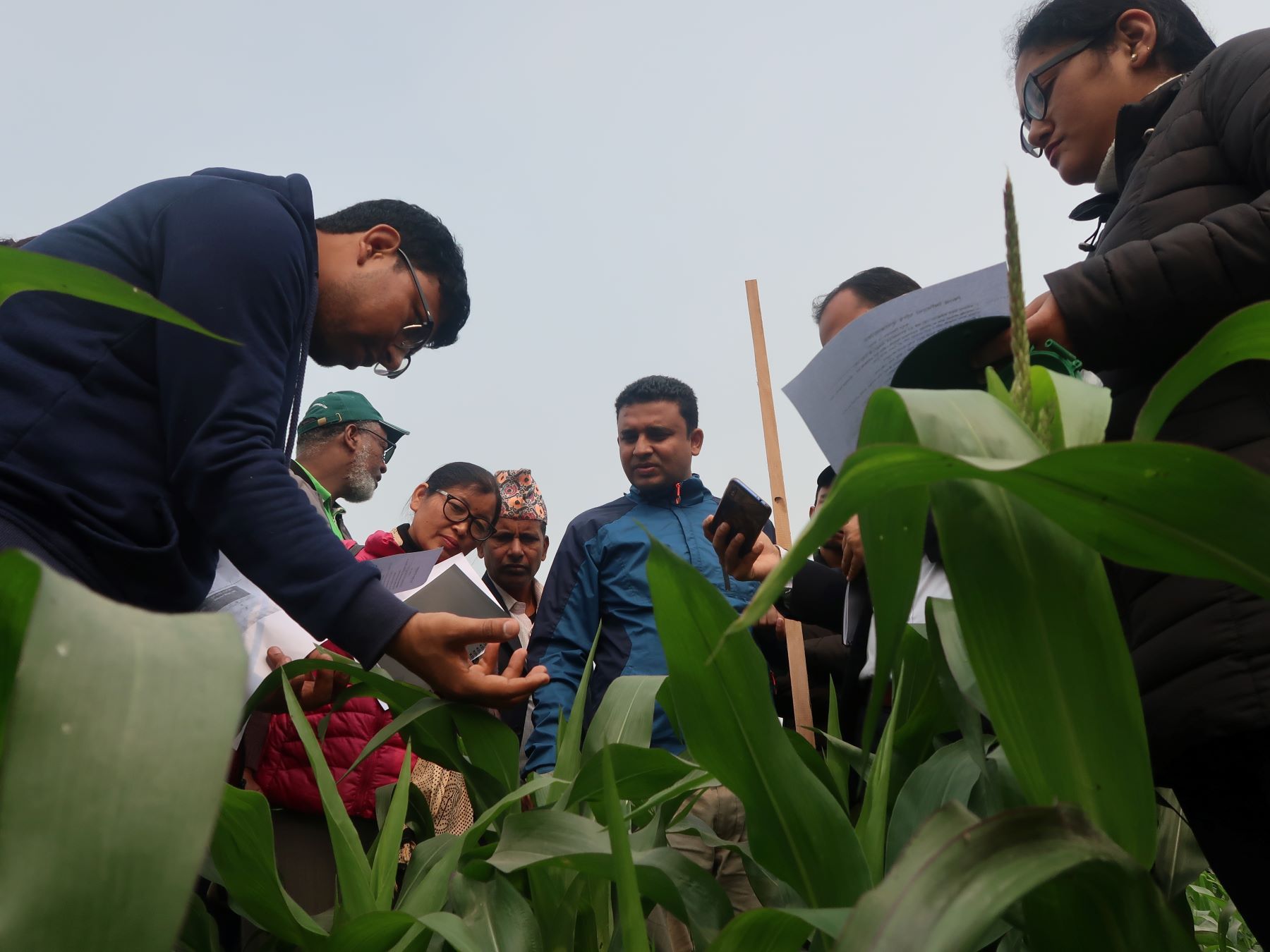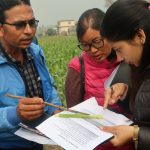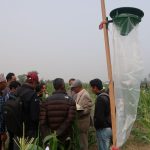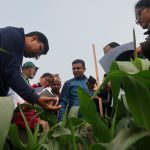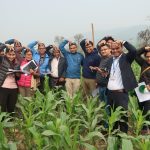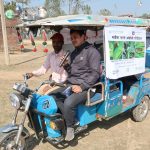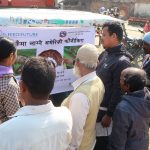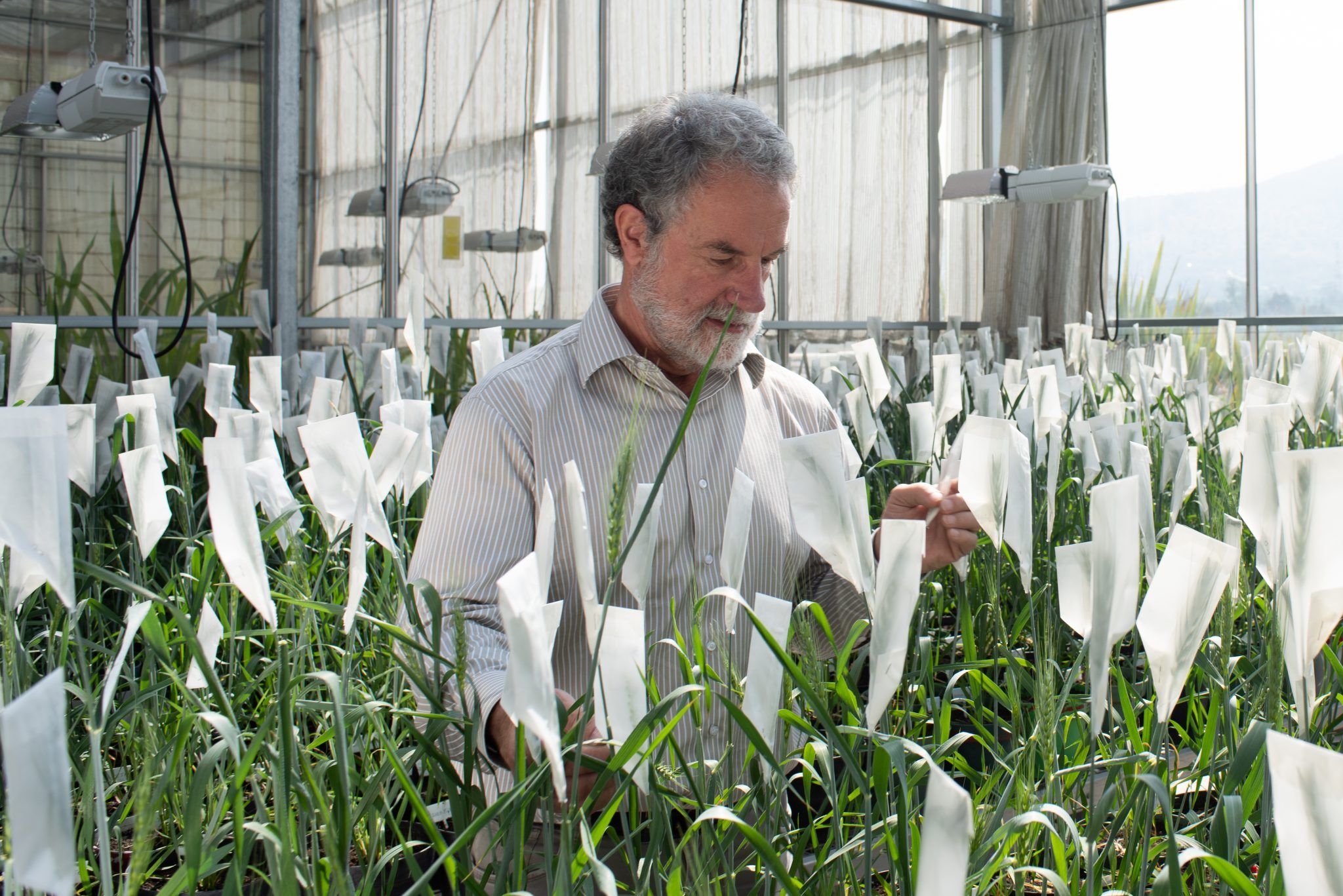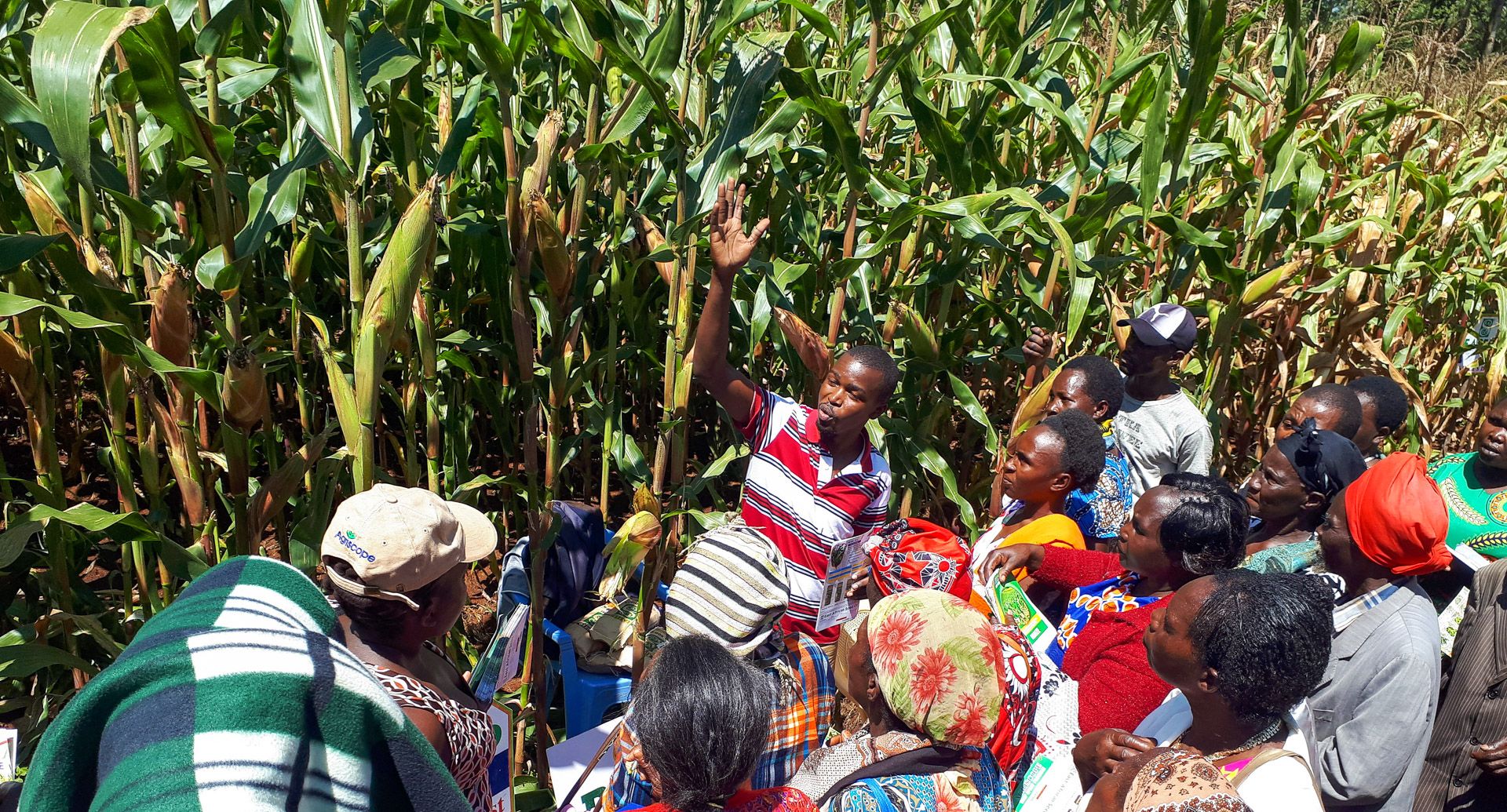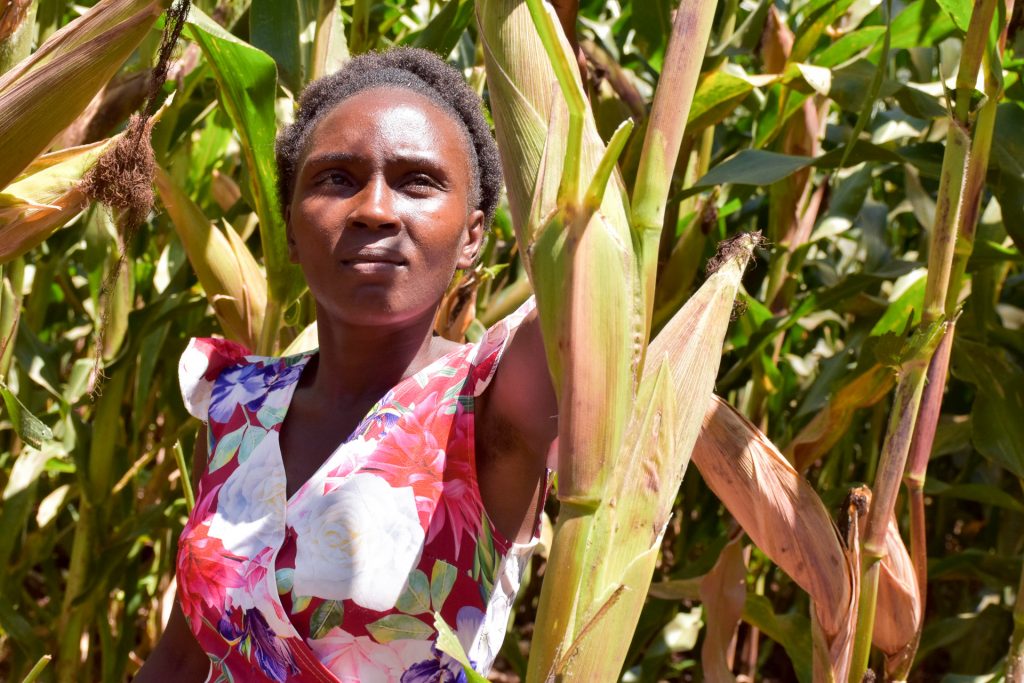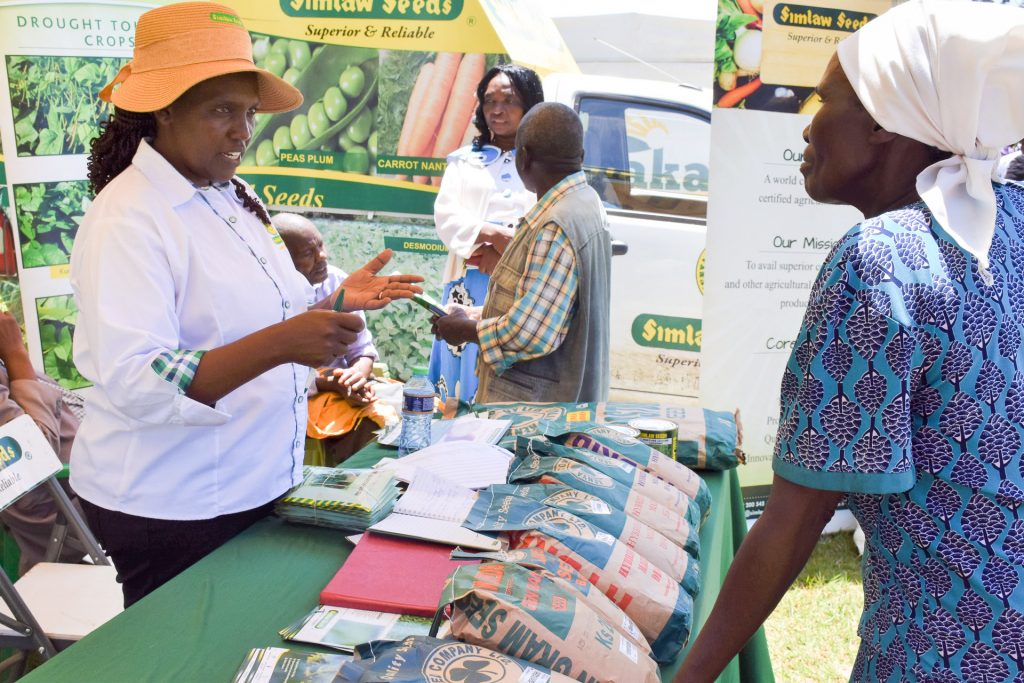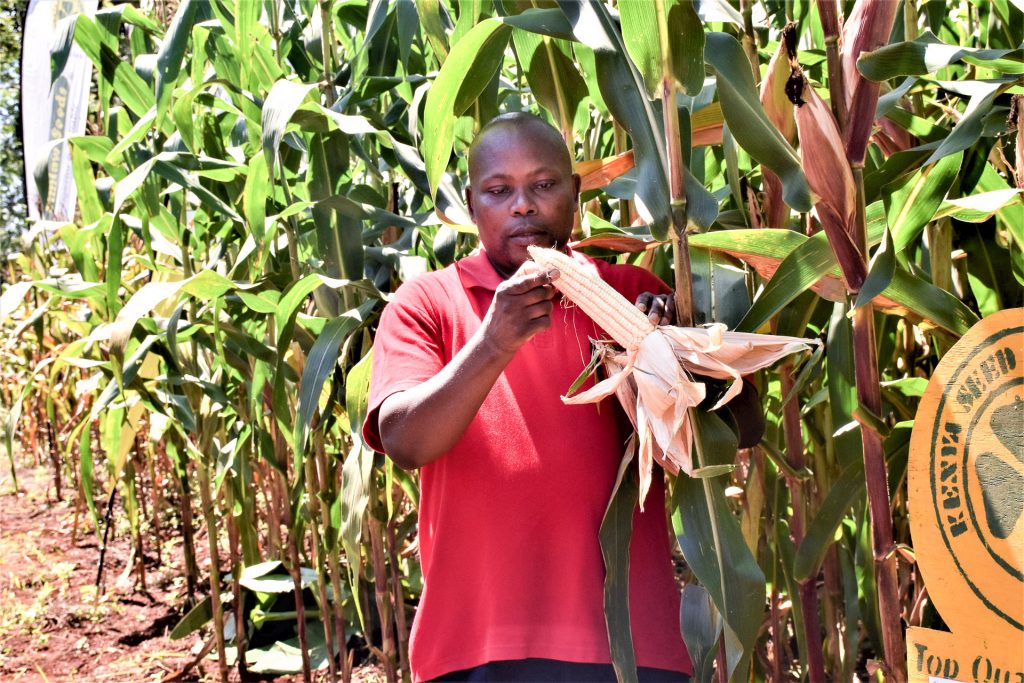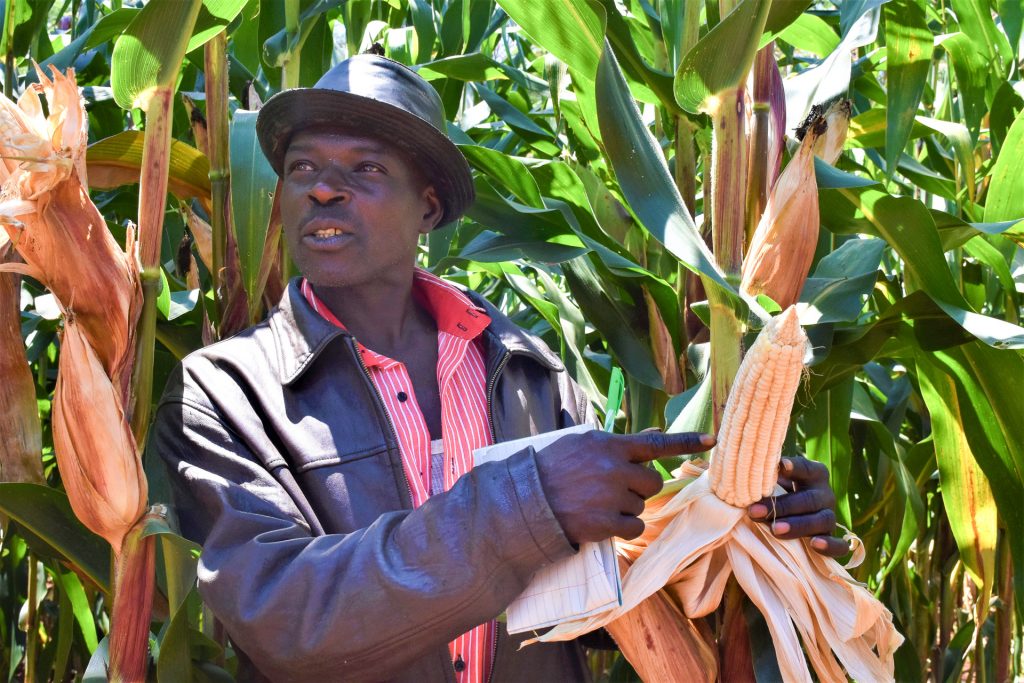The many colors of maize, the material of life
Tonahuixtla, a small town located in Mexico’s state of Puebla, had suffered extreme environmental degradation due to deforestation and erosion. Agricultural land was in poor condition and the town had stopped producing many of their heirloom maize varieties, a loss to both biodiversity in the region and local culture. Poverty had increased, forcing many to migrate to bigger cities or to the United States for work. Those who were left behind, most of them women, had few ways to generate income to support their families.
Today, the story of Tonahuixtla is different. The town actively participates in reforestation and erosion-prevention activities. Landrace maize production is increasing, preserving the town and region’s biodiversity and customs. The residents have job opportunities that allow them to stay in their town and not migrate, all while preserving local biodiversity and protecting the environment.
What caused this change?
Corn husks.
Long considered a waste product, corn husks have been given a new lease on life through the Totomoxtle project. Named for the traditional indigenous Nahuatl word for corn husk, Totomoxtle turns the husks of native maize, found in a variety of colors, into a beautiful and sustainable veneer for furniture and walls. Founded by Mexican graphic designer Fernando Laposse, Totomoxtle has given farmers an incentive to plant native maize again, preserving invaluable biodiversity for future generations.
When Denise Costich, head of the maize collection of the germplasm bank at the International Maize and Wheat Improvement Center (CIMMYT), heard about the Totomoxtle project she knew she wanted to help. Passionate about preserving native maize, she and her team identified 16 landrace varieties from the CIMMYT maize collection that would produce husks in interesting colors and could grow well in the altitude and climate conditions of Tonahuixtla. She invited Laposse and project members to come visit the genebank and learn about CIMMYT’s work, and provided them with seed of the landraces they had identified.
“This is what we normally do in our work at the germplasm bank, we give people seed,” Costich said. “But this turned into a closer collaboration.”

Colorful collaboration
The maize germplasm bank team arranged for Totomoxtle project members to receive training in how to make controlled pollinations in the native maize varieties, at one of CIMMYT’s experimental stations.
“The technicians at CIMMYT’s Agua Fria station loved meeting the project members from Tonahuixtla, and immediately became passionate about the Totomoxtle project,” Costich said. “To this day, the technicians still save all of the colored corn husks from CIMMYT maize trials and send them to Tonahuixtla to provide them with additional material for their project.”
In the village of Tonahuixtla, project members — many of them women — work to iron the corn husks flat and glue them on to a stiff backing, then send them via courier to Laposse’s workshop in London where he uses them to create beautiful furniture and wall panels. This work allows the residents of Tonahuixtla to stay in their village and not be forced to migrate, all while preserving maize biodiversity and protecting the environment.
“Part of what this project is doing is also helping to keep families together — providing livelihoods so that people can stay in their communities, so that they don’t have to send all of their young people off to Mexico City or to the United States. To me, it’s really all connected,” Costich said.
The value of sustainability
The project also shows the intersection between biodiversity conservation and protecting the local environment. The maize husks used for the project are a sustainable and biodegradable material, and any residue from the maize husks that are not used for the Totomoxtle project are either fed to animals in the dry season or used to make fertilizer, which is then returned to the maize fields, a completely circular cycle in which nothing is wasted.
“I think that many of the communities that we work in really do understand the value and the importance of biodiversity,” Costich said. “In Tonahuixtla, the people are trying to reforest the hillsides in their region. They understand the connection between having no vegetation on the hills and having the rain water just roll right off the hills and into the temporary streams, thus losing that critically important resource. Over the years, as a result of the work they have done there, they have seen with their own eyes the improvement in the environment, not only that the hills are now covered with vegetation, but also they see a lot less runoff and erosion. I think that’s a really important lesson for everyone. I come from an ecology background, so I am always very excited to get involved in projects where it’s not just about maize, it’s about everything. It’s also about people’s lives, and nutrition, and the connections between them.”
Preserving local maize biodiversity is not just important for Tonahuixtla — it is important to all of humanity. Native maize varieties have adapted for thousands of years in farmers’ fields across Mesoamerica, developing natural resistance to local plant pests and diseases, as well as climatic conditions such as heat or drought. These native maize seeds, passed down generation to generation, could hold the key to developing improved maize varieties that can resist emerging maize diseases or extreme weather events related to climate change. If this biodiversity is lost, it represents a loss to global food security as a whole.
CIMMYT works to protect many of these native maize varieties in their germplasm bank, which is home to over 28,000 different collections of maize. Kept in cold storage under optimum conditions in the CIMMYT seed vault, these seeds are preserved for future generations and are available to anyone who needs them, including farmers such as those in Tonahuixtla, who had lost much of their native maize diversity.
“The biodiversity of cultivated plants is basically the guarantee for the future,” Costich said. “This is our security backup. Seed security is food security.”
Cover photo: Denise Costich (center, pink hat) stands with members of the Totomoxtle project and CIMMYT Germplasm Bank staff members near Tonahuixtla. (Photo: Provided by Denise Costich/CIMMYT)
